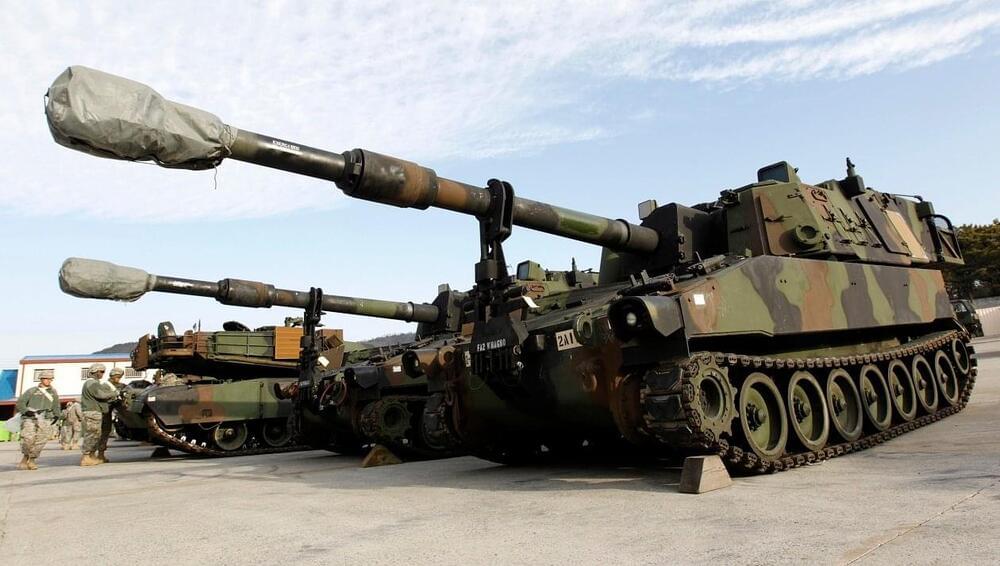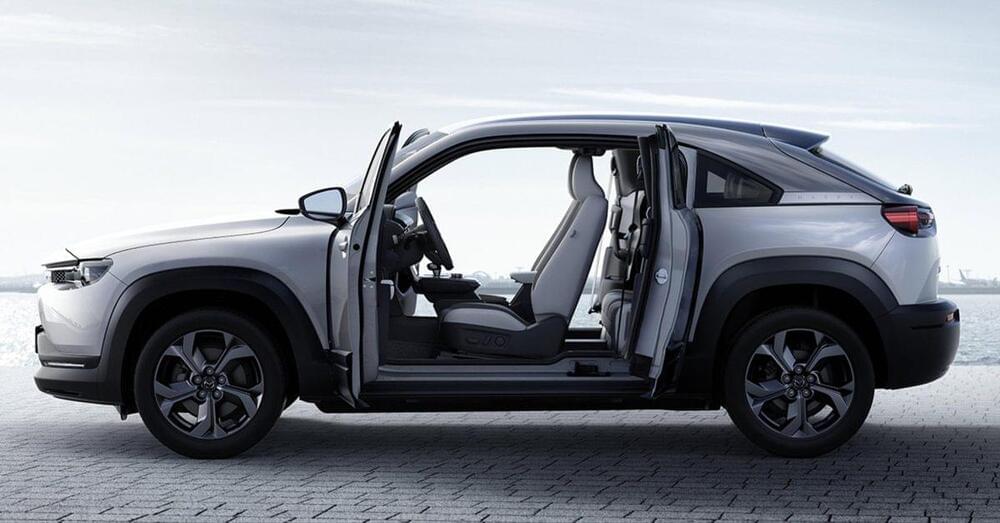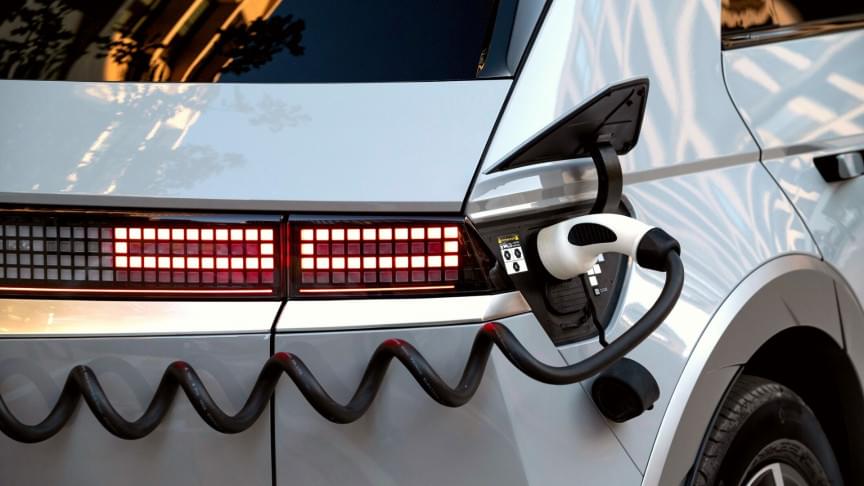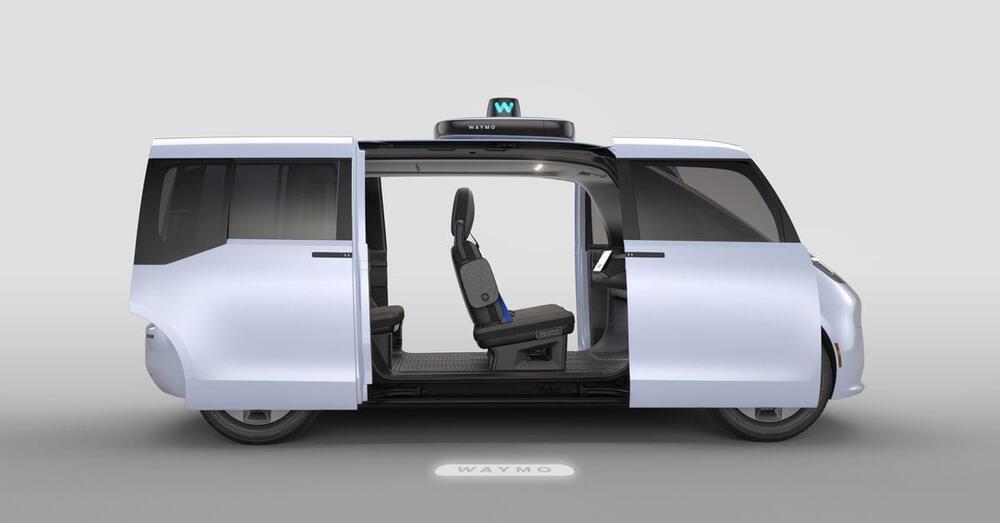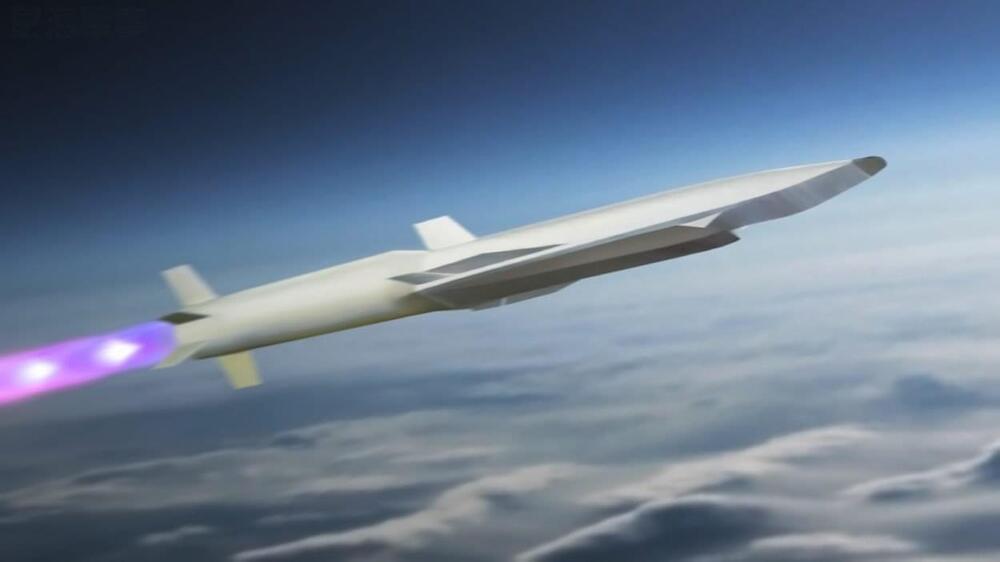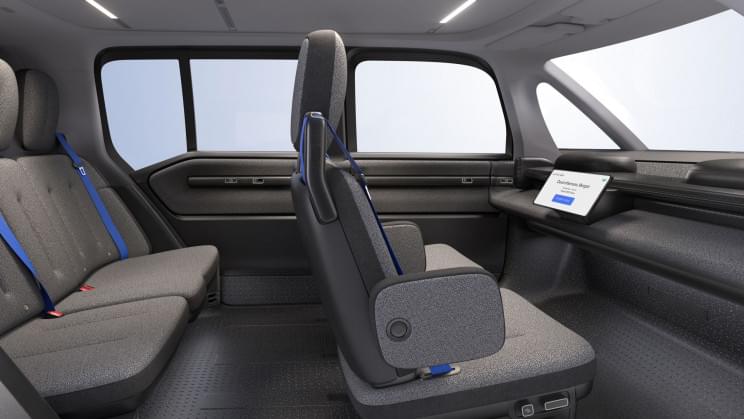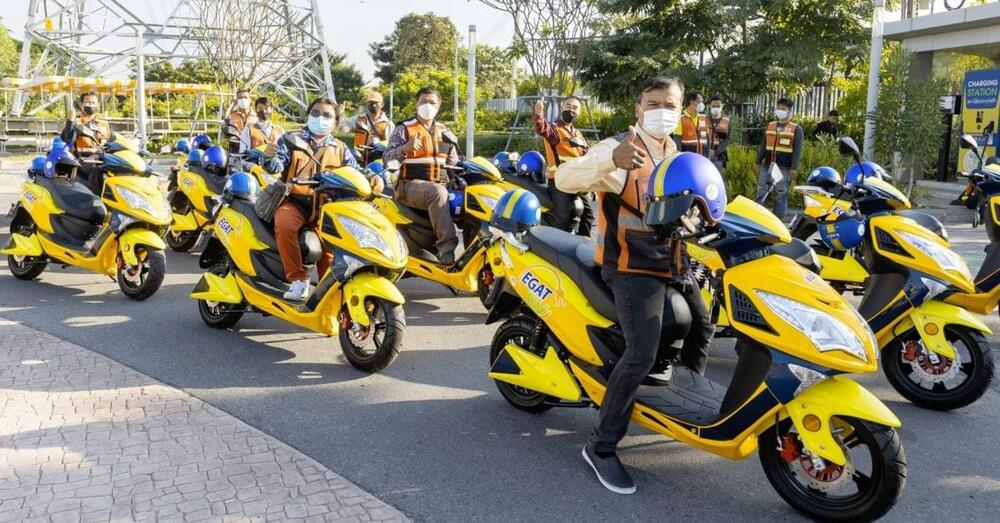Thus, the M109A6s help bring more modern mobile capability to Taiwan’s artillery forces, and brings to the table GPS-guided shells precise enough to pose a serious threat to point targets like landing craft and armored vehicles (at least when they aren’t moving much).
Of course, forty relatively modern howitzers will not dramatically affect the unfavorable balance of power Taiwan’s armed forces must hedge against. However, they are a modest step forward towards modernizing Taipei’s ground forces for a possible conflict one can only hope is never fought.
